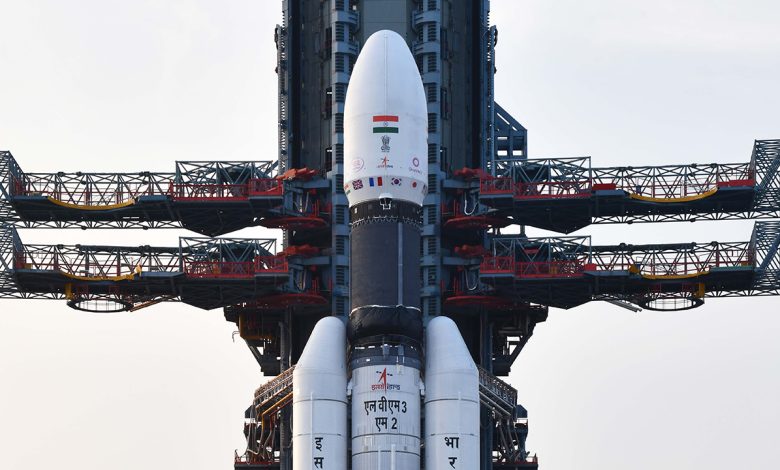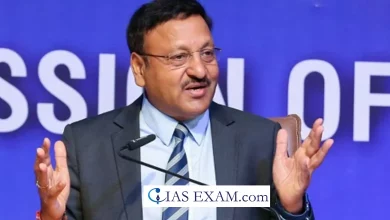
Context- Recently the second launch pad at Satish Dhawan Space Centre SDSC-SHAR, Sriharikota, served as the launch pad for the heaviest payload rocket operated by the Indian Space Research Organization (ISRO), LVM3, which carried 36 OneWeb satellites.
Key Highlights
- The 43.5 metre tall vehicle weighs 643 tonnes.
- In accordance with a commercial agreement with NewSpace India Limited (NSIL), Network Access Associates Limited, United Kingdom (OneWeb Group Company) has launched 72 satellites into Low-Earth Orbits on this second mission. On October 23, 2022, the LVM3-M2/OneWeb India-1 mission launched the first 36 satellites.
- LVM3 would put 36 OneWeb Gen-1 satellites weighing approximately 5,805 kg into a 450 km circular orbit with an 87.4 degree inclination for this mission. This is the 6th trip of LVM3.
- The satellites of OneWeb were able to successfully separate from the rocket and were dispersed in nine stages over the course of one hour and fourteen minutes. Signal acquisition on each of the 36 satellites was confirmed.
About LVM3
- Through NewSpace India Limited (NSIL), a Central Public Sector Enterprise (CPSE), the LVM3 mission is a specialized commercial mission for OneWeb, a foreign client.
- With 36 OneWeb Satellites and the heaviest payload of 5,796 kg, it is the first multi-satellite mission. of LVM3 to this day.
- The most recent rocket can launch satellites weighing 4,000 kilograms into GTO (Geosynchronous Transfer Orbit) and payloads weighing 8,000 kilograms into LEO.
- It is a three-stage send off vehicle consisting of two strong fuel S200 tie ons on its sides and center stage containing L110 fluid stage and C25 cryogenic stage.
- The LVM3 had five back to back successful missions, including the Chandrayaan-2 mission.
- Features:
- First LVM3 commercial mission
- First LVM3 launch to LEO
- First Indian rocket carrying a six-ton payload
- First LVM3 NSIL and OneWeb missions with NSIL and the Department of Space
- Specialized Accomplishments:
- Managing multiple satellite separations;
- extending the nominal mission duration;
- ensuring a safe separation distance through the reorientation of the C25 (cryo) stage and the addition of velocity;
- ensuring that data will be available throughout the duration of the mission; and
- introducing a new payload adaptor and interface ring for the satellite dispenser.
What is OneWeb Constellation?
- The satellites of OneWeb Constellation are arranged in 12 rings (orbital planes) with 49 satellites in each plane and operate in a LEO Polar Orbit.
- The orbital planes tend to be close to the polar region (87.9 degrees).
- 1200 kilometers above Earth are the planes of the orbit. Every 109 minutes, each satellite completes a full orbit around the Earth.
- Satellites will always be flying over new ground locations because the earth rotates beneath them.





.png)



